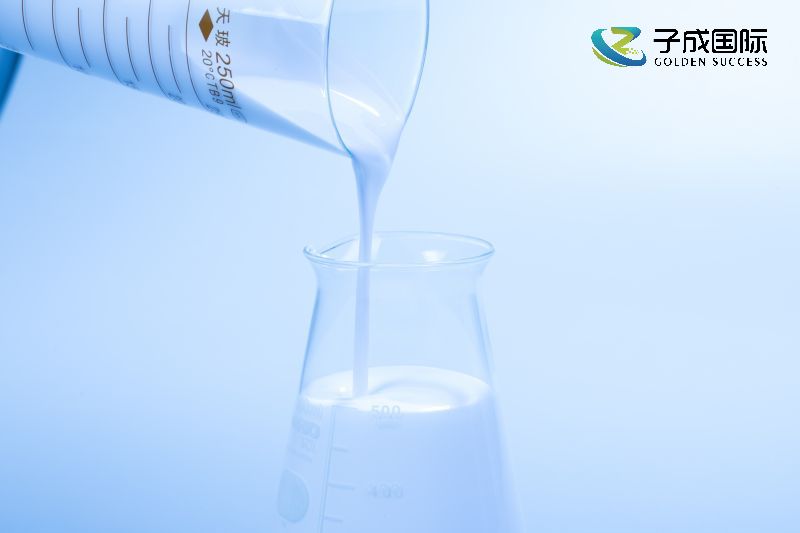Wetting agents play a crucial role in the coating industry, as they significantly improve the spreadability of coatings on substrates through a series of complex physical and chemical processes. The specific mechanism by which wetting agents improve the spreading of coatings on substrates is as follows:

The main function of wetting agents is to reduce the surface tension between the coating and the substrate, making it easier for the coating molecules to detach from each other's attraction and spread more smoothly on the substrate surface. Wetting agent molecules are typically composed of hydrophilic and lipophilic (or hydrophobic) groups. When they are added to the coating, they quickly migrate to the interface between the coating and the substrate or air, with hydrophilic groups facing the interior of the coating and lipophilic groups facing the surface of the substrate, forming a directional arrangement. Wetting agents can significantly reduce the dynamic surface tension of coatings, which is a key factor affecting the spreading properties of coatings. The lower the dynamic surface tension, the better the spreading of the coating on the substrate.
Wetting angle is an important indicator for measuring the wetting performance of liquids on solid surfaces. A smaller wetting angle indicates better wetting performance of the liquid on the solid surface. Wetting agents reduce the surface tension between the coating and the substrate, allowing the coating to form a smaller wetting angle on the substrate, thereby promoting the spreading of the coating.
Wetting agents not only reduce surface tension, but also improve the chemical bonding and physical adsorption between coatings and substrates. Wetting agent molecules form a sandwich structure between the coating and substrate, enhancing the adhesion between the coating and substrate. This increase in adhesion helps the coating to form a stronger and more uniform coating on the substrate. Wetting agents reduce the surface tension and improve the flowability of coatings, making them flow more smoothly during application and reducing uneven thickness and sagging of the coating film. Wetting agents also promote the spreading of coatings on the surface of substrates, reducing defects such as shrinkage and pinholes caused by high surface tension of coatings, and improving the flatness and compactness of coatings.
With the advancement of technology, wetting agents can also be customized according to the characteristics of different substrates. This customized service can ensure good compatibility between wetting agents, coatings, and substrates, thereby further improving the spreading performance of coatings.
In summary, wetting agents improve the spreading of coatings on substrates through various mechanisms such as reducing surface tension, improving wetting angle, enhancing the interaction between coatings and substrates, promoting coating flow and leveling, and providing customized services. These improvements not only improve the construction efficiency and quality of coatings, but also help extend the service life of coatings and enhance the overall performance of products.

 English
English
 Chinese
Chinese Vietnamese
Vietnamese
 HOME
HOME
 PRODUCT
PRODUCT
 NEWS
NEWS
 CONTACT
CONTACT


